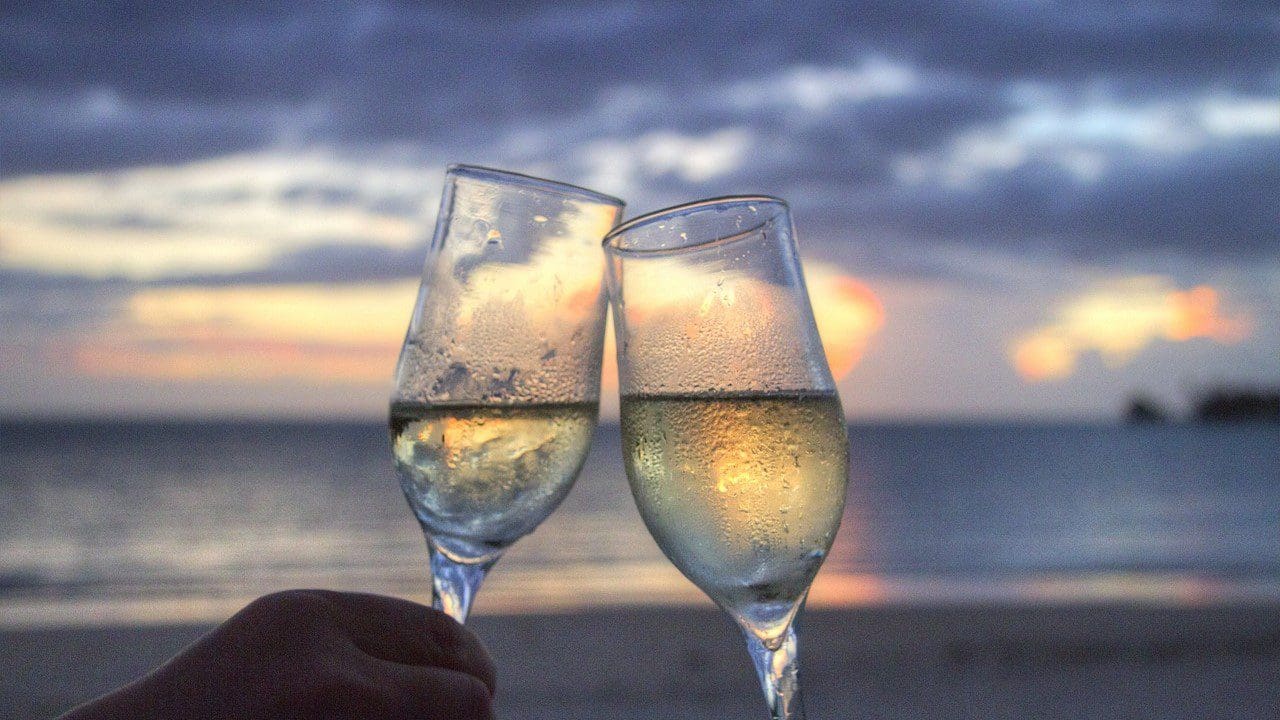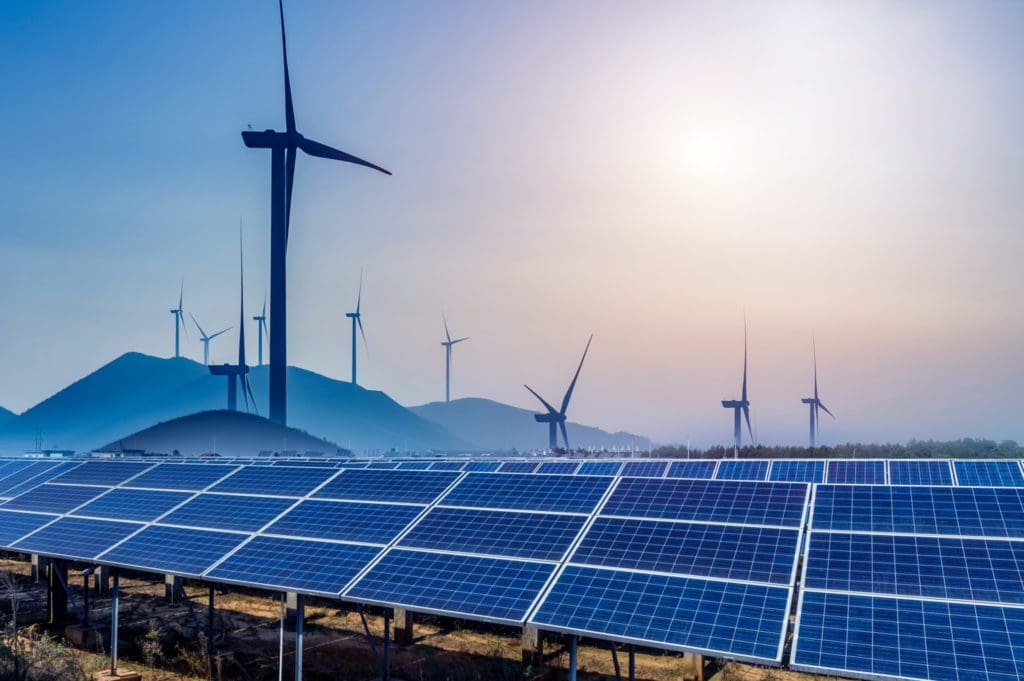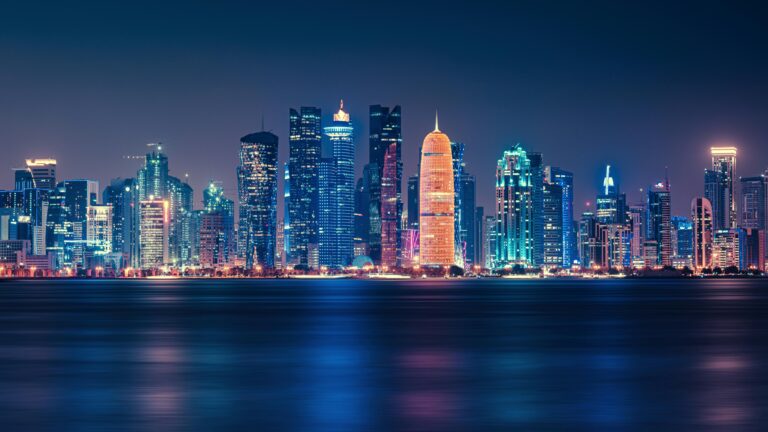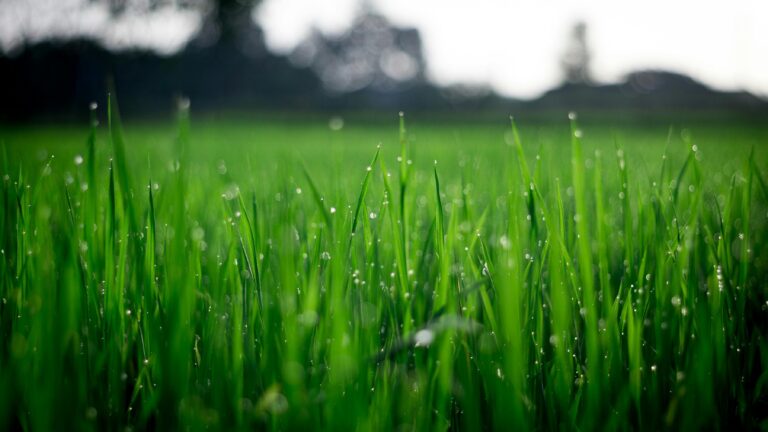Hungary has made significant progress in the production of quality sparkling wine compared to the situation of just a decade or two ago, Chief of the Prime Minister’s Office Gergely Gulyás said on Thursday, 31 August, at the fifth Etyek Sparkling Wine Conference and Celebration.
Gergely Gulyás emphasized that in Hungary many have worked hard in recent years to make local sparkling wines competitive with French champagne at both the national and international level. He referred to the pairing of sparkling wine with Hungarian cuisine as an important advancement opportunity, which could further increase consumption.
The minister pointed out that although wine and sparkling wine consumption is declining in Europe, in Hungary it is fashionable to consume sparkling wine, and the industry is on the rise. However, ‘the younger generations do not consume alcohol the way their parents and grandparents did,’ which poses a significant challenge for producers. While the quantity of alcohol consumption is not decreasing, mixed drinks have appeared on the market, making it a significant challenge to sell quality beverages like sparkling wine in Hungary.
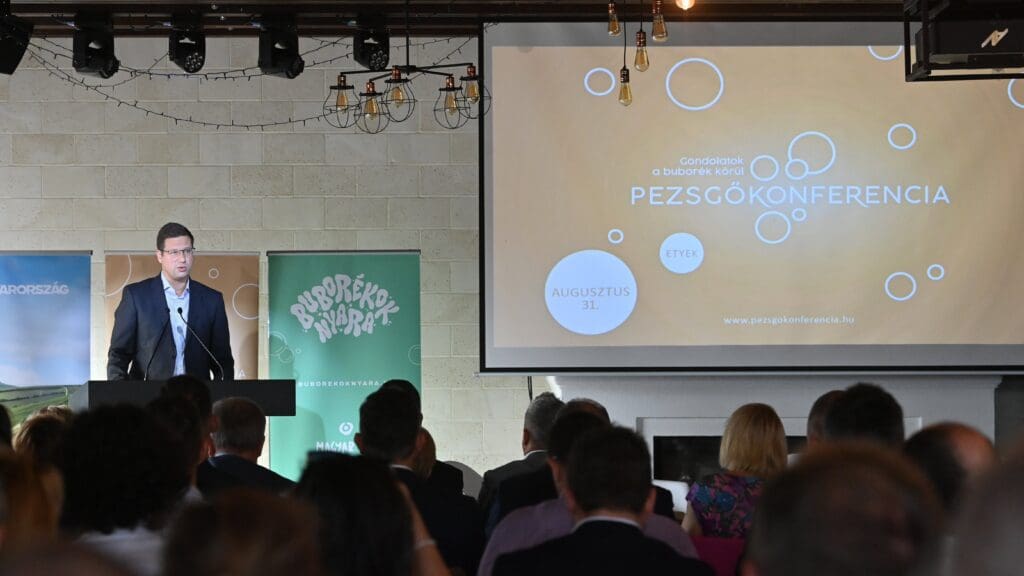
Government Commissioner responsible for national wine marketing Pál Rókusfalvy indicated that the national wine strategy has been completed in the form of a 600-page book, preceded by numerous studies and research. He stressed that the authors aimed to create material that includes not only marketing but also educational, gastronomic, and tourism-related tasks. He highlighted that the primary goal of the strategy is to increase wine sales and, in addition to narrowing the product structure, create new categories.
The government commissioner stated that in the global alcohol consumption market, beer stands at forty per cent, spirits at thirty per cent, and wine at twenty-three per cent, with a ten per cent oversupply worldwide due to the decrease in wine consumption. This sets the direction for Hungarian wine and sparkling wine producers, mainly involving understanding and tracking the tastes and alcohol consumption habits of young people, which could lead to consumption growth in the industry.
State Secretary for Agriculture and Rural Development at the Ministry of Agriculture Zsolt Feldman remarked that five per cent of wine produced in Hungary becomes sparkling wine, which amounts to 140-160 thousand hectolitres annually. There is a renaissance of Hungarian sparkling wine, with nearly 200 wineries producing it, and most of the production is concentrated in the Upper Pannonian and Danube wine regions.
The state secretary noted that Hungarian wine imports have been stagnant for years, while sparkling wine imports have somewhat increased, indicating growing domestic demand for sparkling wine. The largest markets for Hungarian sparkling wine exports, in terms of value and quantity, are Canada, Romania, Estonia, Sweden, and Latvia. However, the value of imported sparkling wines is significantly higher than that of exported products, posing significant challenges for the industry in the future.
The government has identified the wine sector as a particular priority within the agricultural industry, recognizing its significant role. In recent times, Hungarian wines and sparkling wines have reclaimed their prominent position in Europe, further enhancing the reputation of Hungarian agriculture and the food sector.
Among the notable producers, the Kreinbacher winery in Somlóvásárhely, located in Western Hungary, stands out. Kreinbacher’s wines and sparkling wines are distinctive as they are crafted from local grape varieties and are deeply rooted in the region’s millions of years of volcanic heritage. In addition to this renowned brand, there are other well-established domestic sparkling wine producers that are cherished by Hungarians, such as Törley, with a history spanning nearly a century and a half. Another noteworthy producer is BB, situated near Lake Balaton, which has been crafting sparkling wine since the 1950s and remains one of Hungary’s most recognized and widely consumed wine and sparkling wine brands.
Related articles:

